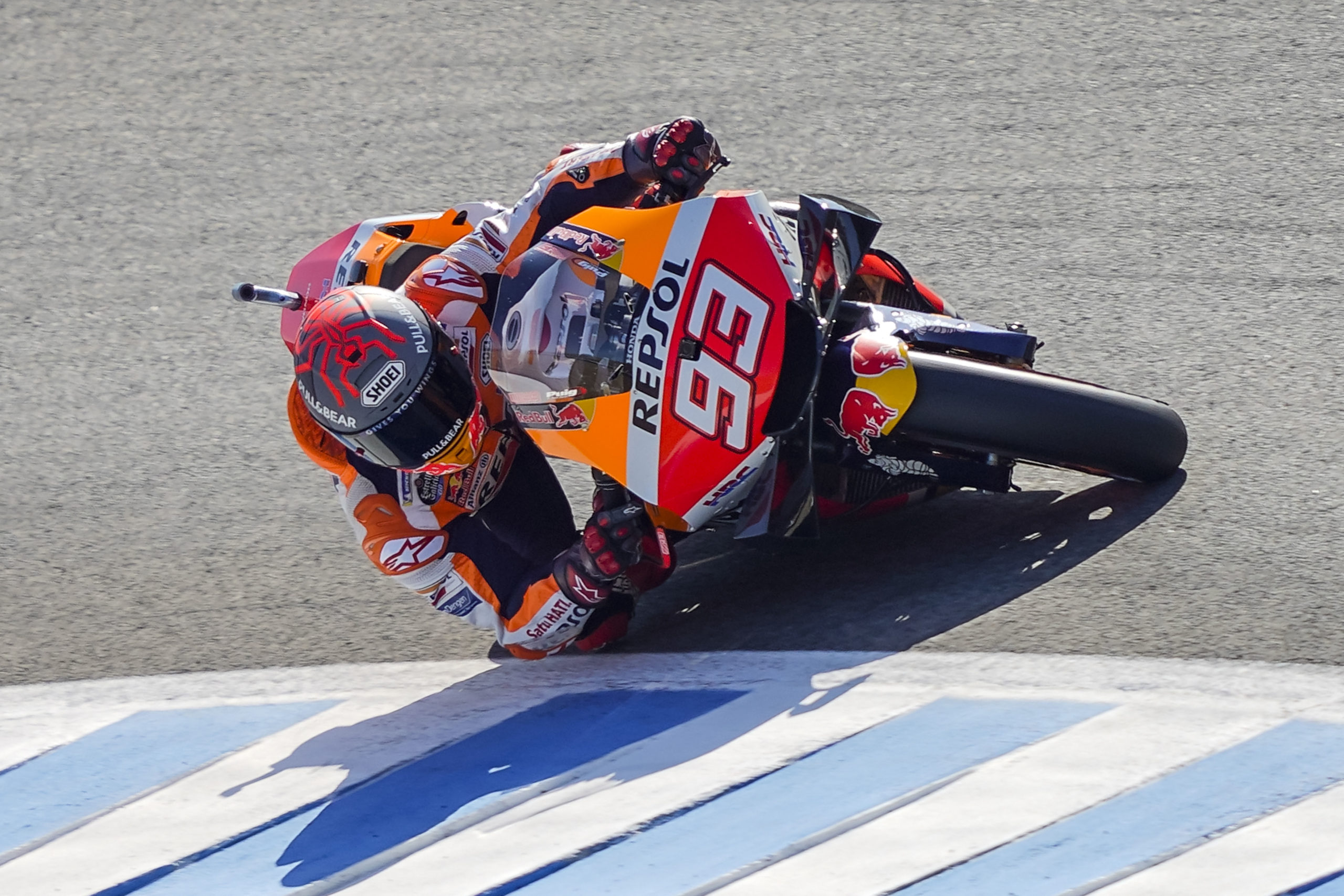Life revolves around two fundamental organs, our brain and heart. And for an athlete, they both play a crucial role; but an athlete’s heart output, or the amount of blood the heart pumps per minute, is what mainly determines their capacity to create strength and transform it into success. In the past, motorcycle riders were not considered “athletes”, which is the title we give to sports professionals, but recent growing demands in the sport in general and especially in MotoGP have transformed what it means to be a rider, and they are now considered true athletes.

Nowadays, if we had to place a MotoGP rider in another sport, they would be equally ready to perform because their physical preparation is extremely demanding and requires their heart to practically perform beyond the limits of a human being.
The gradual increase in performance witnessed in MotoGP requires that the riders be in exceptional physical shape. The key to that is exercise that strengthens the rider’s heart rate so that the heart is able to pump at a much higher pace when required. For a few years now, the MotoGP organization has been monitoring some riders’ heart rates at certain moments to demonstrate the effort that is required in a race.
In general, the highest heart rates of around 160 or 170 beats per minute are reached at decisive moments over the weekend, in qualifying sessions or races. We’ve also discovered cases where riders have extreme heart performances, whether because they have a slow working pace, such as Maverick Viñales, whose heart rate never reached this average and barely surpassed 130 beats per minute, or just the opposite, as in the case of Jorge Martín, who reached levels of 200 beats per minute.
These extremes, both above and below the average rate, largely depend on the situation the rider is in because generally when they are comfortable and relaxed, the heart rate remains the same and can even go down. However, when the stress starts to build for any reason, such as an incident that almost results in a fall or distress after an upsetting qualification that leaves the rider out of the desired Q2 session, the rider demands more of their body and heart, and their heart rate can sky rocket.

Heart of steel
The key to all of this is in physical resistance. The riders consciously prepare themselves not only to be strong but also resistant. Muscle preparation is essential when they’ve got to handle bikes that weigh almost 160 kilos and move at nearly 280 horsepower, so both physical strength and flexibility are essential.
Besides working out in the gym and lifting weights, other preparation like running or cycling can strengthen the heart. And now during the winter break, after a brief period of disconnection and rest, riders start preparing physically with lots of cardio exercises. Pre-season is such an essential moment because a proper or insufficient physical preparation can really determine a rider’s performance once the races begin. And given that the number of races has increased, there’s much less time than before to focus on physical preparation between one Grand Prix and another.

Cycling is great for cardiopulmonary exercise at different paces and gets the body used to regulating its heart rate according to how demanding each moment of a race is. At the start of a race, for example, the initial tension combines with determination at specific moments that define a race, then later dips when everything stabilizes and the rider saves up energy for the final push, when the heart will once again be subjected to elevated demands.
In cycling, the variety of a route can help one to practice these changes in heart rate, for example, when combining flat terrains where the heart beat remains stable and helps to strengthen resistance along with challenging climbs that require a faster heart rate.
Running can also be very beneficial in helping to reach high heart rates on a motorcycle. Some physical trainers include 10-kilometer high-speed running sessions to get the body used to the heart rates that riders will experience on a bike. In some cases, riders will even practice some extreme physical sports such as freediving, or diving while holding your breath, because at certain moments in a race the rider may stop breathing and this lack of oxygen could affect their muscles’ response. That’s why freediving can teach the body to respond in situations of little oxygen, although it’s maybe a bit over the top.


 Join Us
Join Us  Join Us
Join Us 